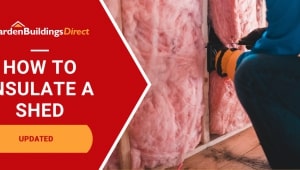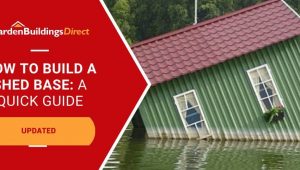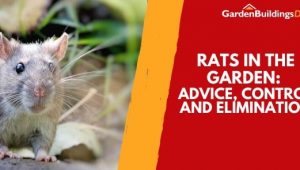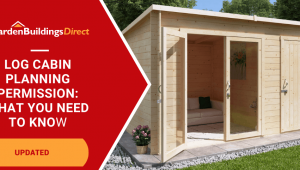Jump to:
Garden greenhouses are one of the most practical investments a gardener can make. Whether you’re growing vegetables, flowers, or tropical plants, a greenhouse gives you the freedom to garden year-round, while protecting your plants from harsh UK weather.
Whatever your level of experience is, you can take advantage of all the perks simple greenhouses can offer. Grow more than just organic vegetables. Cultivate beautiful plants year-round, and don’t worry about extreme temperatures.
Read on to learn what greenhouse gardening is and the good effects of greenhouse growing.
Are Greenhouses Good for Gardening?
Yes, greenhouses are a fantastic investment for gardeners of all skill levels. They allow you to grow plants year-round, protect your crops from the unpredictable UK weather, and give you control over your gardening environment. Whether you’re growing food or flowers, greenhouses make it easier, more productive, and more rewarding.
Advantages of a Greenhouse
Here are some of the main ways a greenhouse is useful for your planting goals:
Extended growing season
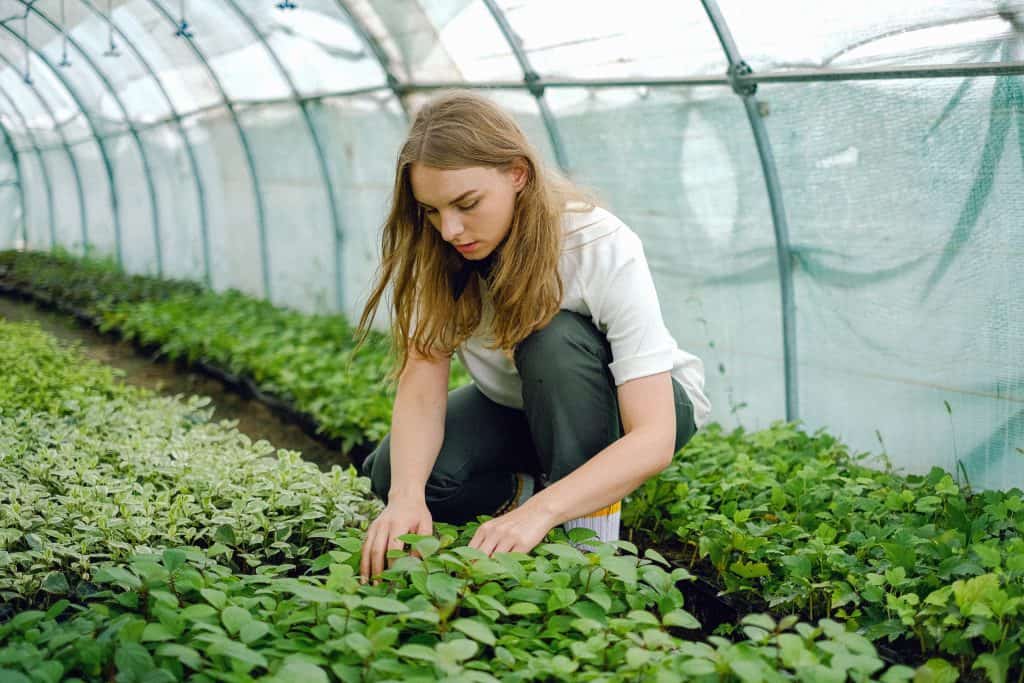
The major benefit of a greenhouse is you’re no longer restricted in what and when to grow. This simply means you can start your growing season at any time of the year.
At the same time, extend it to accommodate your cultivation needs. You can either plan your planting earlier or later in the season and still enjoy a good crop! For instance, growing cucumbers during the colder months, despite being predominantly summer crops.
Note: Warm-weather plants can thrive inside, no matter the temperature outside. Meanwhile, cold-frame greenhouse suits cooler climates plants.
Ultimate weather protection
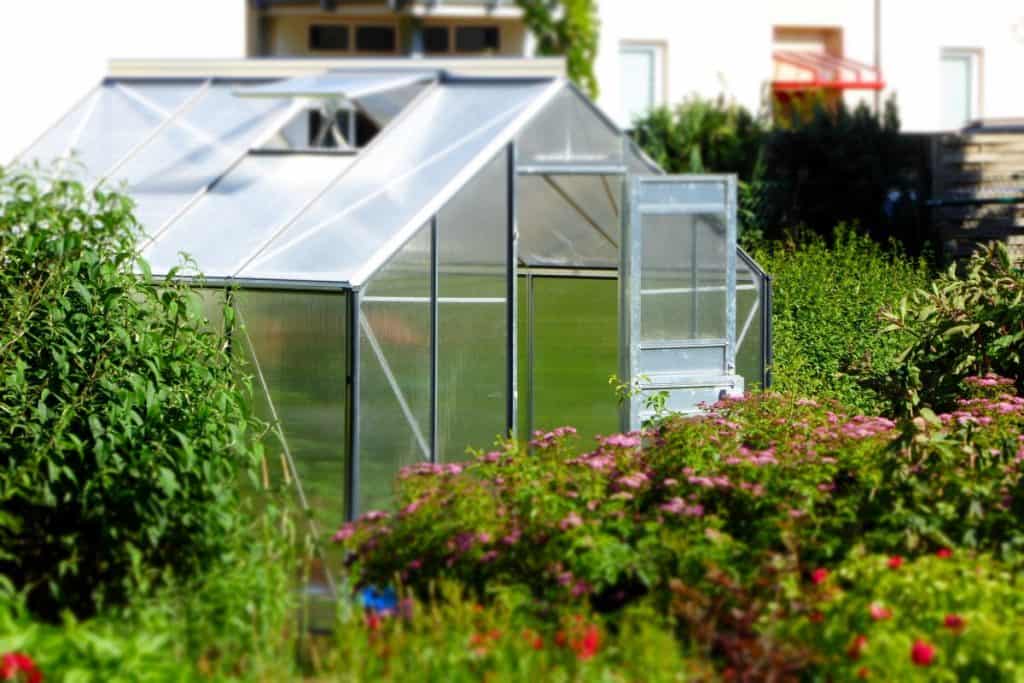
With the UK’s temperamental weather, a closed environment does wonders for plants. A greenhouse also ensures protection against snow, heavy rain, strong wins and even heatwaves.
Greenhouses provide a more stable environment for plants, so they can grow strong and healthy. Forget about too much direct sunlight, damaging winds, or excessive rains.
Effortless overwintering
While prepping your garden for winter, you can leave your potted plants in the greenhouse. This prevents frost damage and helps sensitive plants survive the winter unscathed.
Protected and controlled environment
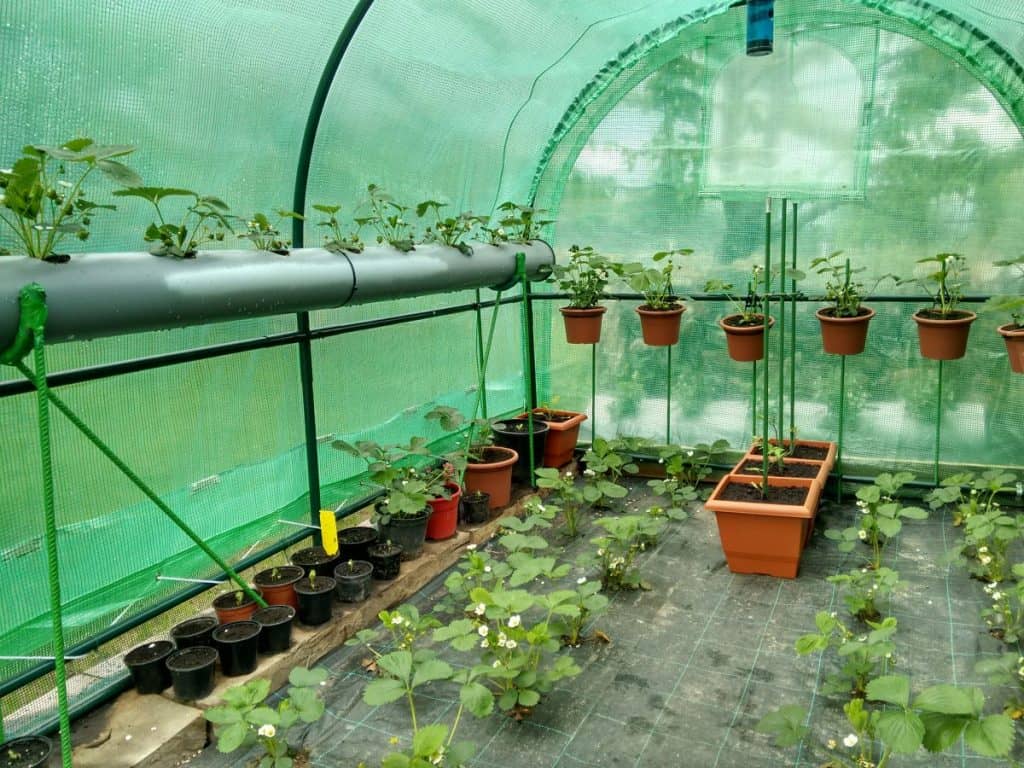
A wooden greenhouse supplies the ideal haven for any types of plants. Besides less exposure to extreme weather, it can also keep the threat of pests at bay. For one, they’ll have a hard time getting to your outdoor garden.
A basic, passive greenhouse, without heating or automated systems, still provides a surprising level of control. It naturally stays 5–15°C warmer than the outside air, especially on sunny days. You can moderate humidity by ventilating when needed, and ensure good light exposure simply by choosing the right location. While not fully climate-controlled, passive greenhouses significantly extend your growing season and protect plants from wind and rain.
There are opportunities to gain additional control with active systems such as heading, ventilation, extra lights, and dehumidifiers. This gives you full control over the growing environment to ensure that your plants are continuously in optimal conditions.
Whether you have exotic plants or growing fresh vegetables, you can rely on a greenhouse.
Top tips: Keep your greenhouse neat and clean. Also, opt for organic and pesticide-free gardening practices for effective pest management.
Buying Garden Greenhouses
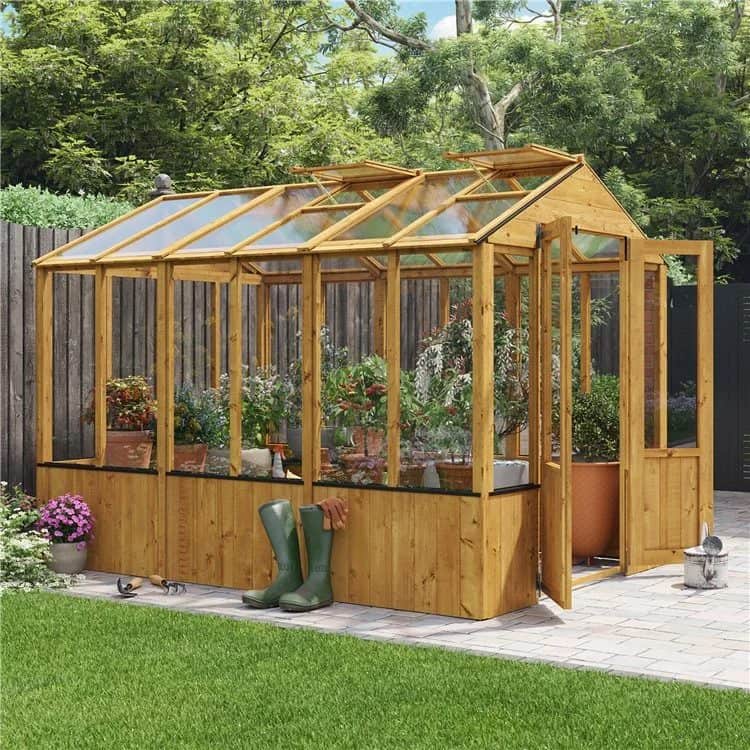
So, you’re thinking of investing in a modern greenhouse for your crop-raising needs. It can either be small enough or rather large to fill your garden. What makes it so special, then?
Different types of greenhouses are on the market, all built from a variety of materials. We’ve listed these below just to make things simple.
But no matter the greenhouse design, all share one thing in common. And that is, they provide a controlled environment for plant life.
To get to grips with the different types of greenhouses and the features they offer, look no further than our guide to choosing a greenhouse.
Extra Greenhouse Perks
Sizes to fit every garden
Greenhouses are available in just about every size you could want. Whether you want a small greenhouse to grow just a few plants without taking up too much space, or a large one for a full harvest, there is a model that will fit your garden. Our greenhouses start from just 3×6 feet and go up to a massive 20×8 feet.
Dedicated planting space
You can have a dedicated area for your gardening and growing. This will let you grow anything from flowers to vegetables and even tropical plants. What’s more, you have a spot to keep your gardening tools and equipment within reach.
Home-grown produce
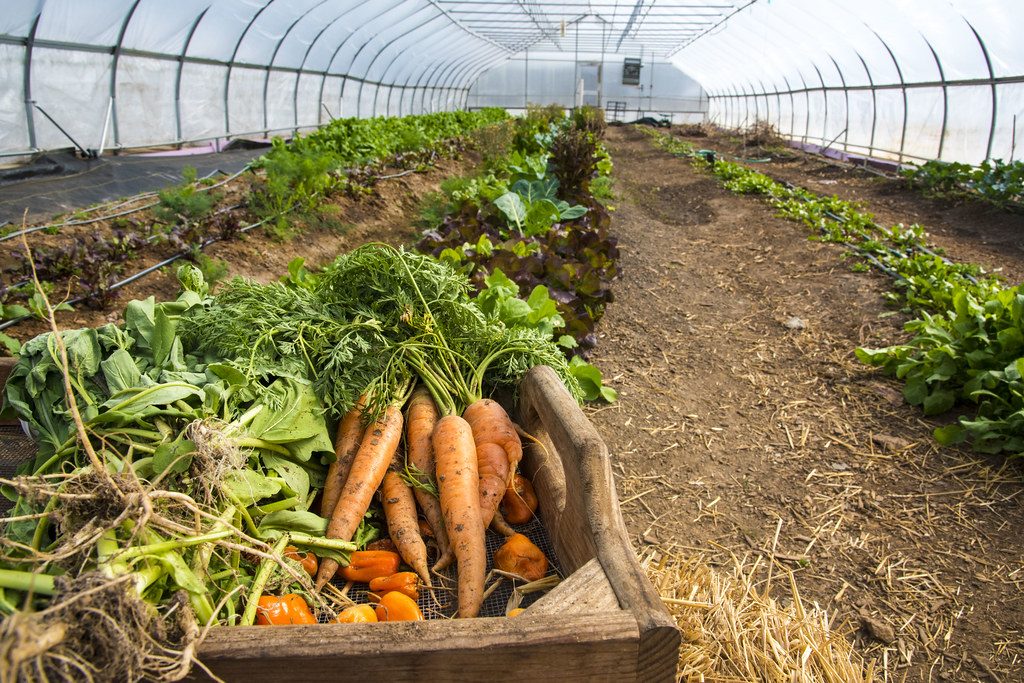
Your greenhouse can be your home food supply. If you crave a fresh salad, your plant haven is just a few steps away from home, and then harvest the ingredients.
By growing your food, you’ll have a constant and reliable supply of fresh, healthy greens. In turn, you’ll know exactly what food you and the family consume.
Depending on what you grow, your fresh produce could last throughout the winter. Better yet, if you grow organic veggies and fruits, you’ll be able to consume them at a lower cost than at a grocery store.
Bigger and better yields
With all-season gardening, you can increase your plant production. Not only that, but chances are good that your crops will be a lot bigger. The warm temperature inside is also a factor for encouraging growth.
Create a suitable environment for the plants you wish to grow to maximise your harvest.
Grow more plant varieties
It’s no secret by now that a greenhouse is a multifaceted place where all sorts of plants can live there. Thanks to the warmer and more humid environment, you can add:
Bulb flowers
Tropical species
Tender herbs
Seasonal vegetables
As long as you understand your plants’ survival conditions, you can grow many different types. Or change what you sow every year and adjust accordingly for your ideal harvest.
Think of your reduced trips to the farmers market every weekend or early in the mornings!
Round-up
With the right greenhouse, gardening can be a year-round hobby. It’s the perfect place for developing your green thumb.
The extra growing options can widen your plot with more than just greens. You may inject colours with roses or orchids or any seasonal blooms you’ve always admired.
It also helps reduce carbon footprint. So much energy is spent on producing and transporting plant food. But growing your own helps reduce that number.
If you’re ready to get started, explore our full greenhouse range.
And then take a look at our Greenhouse Tips for Beginners.
FAQs
Why do plants grow in greenhouses?
Plants in the greenhouse use the energy from the sun to fuel photosynthesis. The structure then traps the heat to keep the plants warm.
What grows well in a greenhouse?
Greens like lettuce, spinach, and kale all thrive in a greenhouse. Other cool-weather crops, such as carrots, beets, peas, and broccoli, are ideal, too.
Do plants grow faster in a greenhouse?
That depends, but warmth and humidity promote plant growth. On top of that, they need moisture and light. A greenhouse perfectly stabilises the ideal growing environment for them.
Is a greenhouse better than the outdoors?
Outdoor plants are naturally exposed to nature and weather patterns. This enables them to grow at certain times of the year.
As for greenhouse cultivation, it’s more on the mechanical side. It gives farmers and home gardeners, for one, more control over the environment. In return, anything they can can be controlled and monitored year-round with convenience.
Should a greenhouse be in full sun?
As much as possible, find a location that receives at least 6 hours of direct sunlight per day. This is especially crucial during the winter.
Positioning it east to west will ensure the largest side will get full southern sun exposure.
